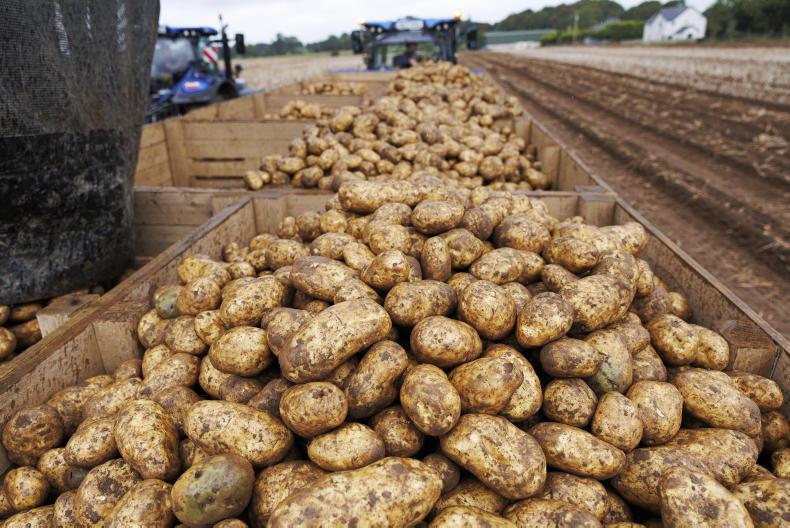Speaking at the Positive Farmers Conference on Thursday, Meath farmer Joe Leonard spoke about how multi-species swards have benefited his farming business.
Milking 600 cows on a grass-based system, Joe sowed his first multi-species mixture in autumn 2017, which he said was a failure.
“It was sown too late, we didn’t graze it properly in the autumn because the weather was wet and then spring 2018 was wet and cold and we got lots of snow, followed by a long drought,” he said.
Undeterred, he sowed another 40 acres of multi-species and this time it was a lot more successful.
Joe showed a video to the conference audience of the 2019 reseeded field showing relatively high clover and herb contents.
Mixture
Joe's typical seed mixture is 13kg/acre, consisting of 8kg of grass, made up of 5kg perennial ryegrass, 2kg of Timothy and 1kg of cocksfoot.
He sows 2.25kg of clover, made up of both red and white clover, 2.75kg of herbs, made up of plantain, chicory, yarrow, sheep’s parsley and burnet.
Fields get three bags/acre of 10:10:20 at sowing, which Joe says is important for early establishment and he says it normally takes seven to eight weeks after sowing before they get the first grazing.
Existing multi-species swards get between 85kg and 100kg of nitrogen in spring and as much P and K and lime during the year as required
“Once established, the multi-species swards will receive no further fertiliser for that year, but the existing multi-species swards get between 85kg and 100kg of nitrogen in spring and as much P and K and lime during the year as required,” he says.
Dry matter production between the parts of the farm with multi-species and parts still with grass or grass and clover is similar, but the multi-species swards get a lot less nitrogen.
The Leonards' herd is split into two groups for grazing purposes. Joe says that the cows might be alternating between multi-species for one grazing and grass only for the next. with no impact or effect on residuals.
Residual
However, he does say that he tends to leave a slightly higher residual on the multi-species swards than the conventional swards and they have a longer grazing interval of 26 to 27 days for the multi-species swards.
Also speaking at the Positive Farmers Conference was Professor Trevor Gilliland from Queens University Belfast.
Trevor suggested that farmers should use multi-species where they have a specific issue that a species alternative to ryegrass might benefit.
He was suggesting that deep-rooting herbs, such as chicory, or deep-rooting grasses, such as cocksfoot, will be beneficial on a dry site subject to droughts, while Timothy grass will be useful on a wet or black peaty soil.









SHARING OPTIONS